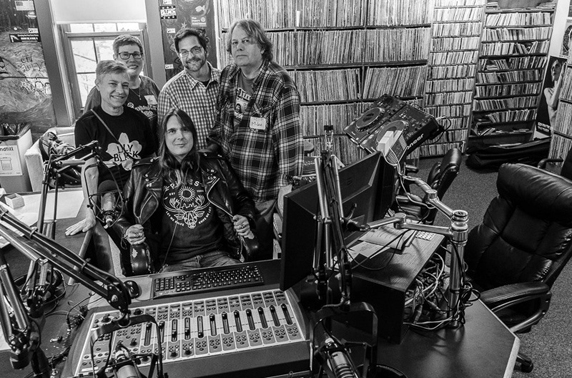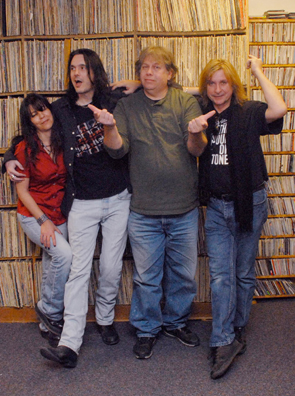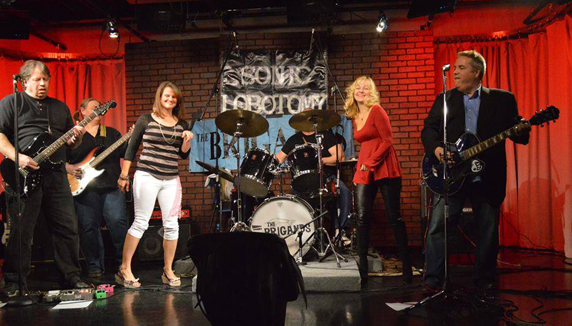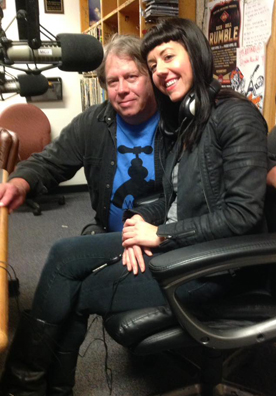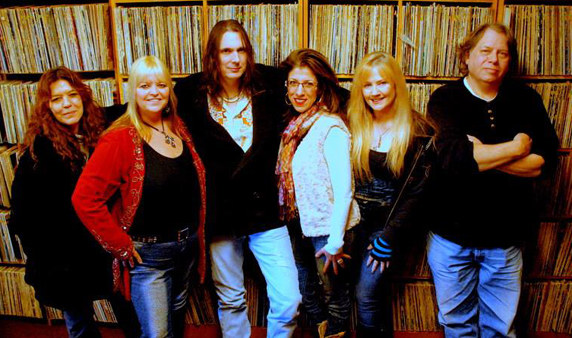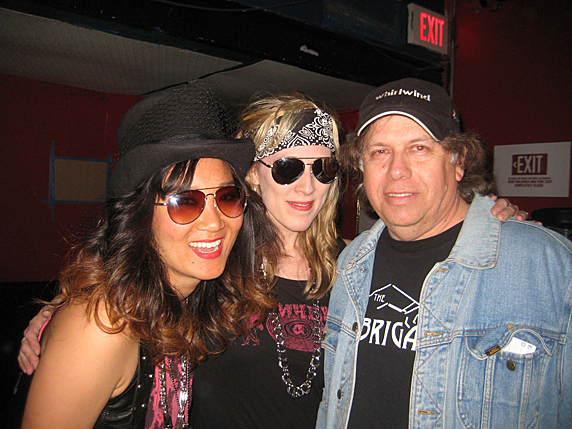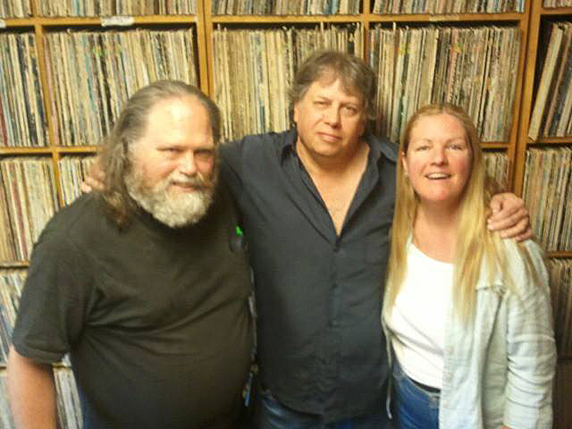|
|
Mike Stewart Interview by John Keegan
I ran into Mike Stewart, aka Michael Scott Stewart, recently. We got to talking about new bands and what it took to get new music heard in the current environment. That led to the following impromptu interview. JK: Tell us about your background.
JK: Boston has always been blessed with a vibrant local scene. People have made original music since day one. What’s your take on the best ways for bands to get their music heard in 2019? MS: The landscape has changed drastically during the past ten or so years. The move from record company based distribution to DIY, to streaming, creates opportunities. Without the industry, it leaves bands to leverage social media on their own. At the local level, in particular, this works to the advantage of some bands and leaves other bands wondering how to get their music out. Coming from the band end, a lot of work goes into the recording process but what to do after? Magic doesn’t fall from the sky. Bands have to dig in and find their support systems. It is DIY with Facebook, Twitter, Spotify, YouTube, and Bandcamp - all music platforms. JK: Does local radio, particularly college stations, still have a role? MS: As a DJ at WMFO, WMWM and Boston Women Rock for the past five years I’ve had some time to think about this. Social media is not the be-all and end-all. Radio, college and community radio, in particular, play an important role. If you know local music you know WMBR, ‘ZBC and ‘MFO. You know who Joanie Lindstrom, Mully, Skybar, Joel Simches, Brian Young and Jeff Breeze are. You know who your favorite DJ's are. You can get to these people. Face to face is still alive. Introduce yourself. Tell them why you love their show. Shake hands. Give them your music. Don’t underestimate the human contact. They are accessible. The two professionally run college stations WERS and WUMB, are harder to access.
From my experience, it seems that a lot of new bands have challenges in navigating access. For example, they don’t know the portals to get into college radio. Most seem to think it is going through the music director. Because the student music director has a lot of competing prioritie, academics not the least of them. Some find it more fruitful approaching local community members who play local music. Folks will call the station and ask if we received their cd. Frequently, the answer is “no”. Getting to know the DJ's who play local music can be much more successful. Local DJ's want to know you. They want access to new music they debut. They want information about bands and gigs. Making these connections can lead to interviews and live performances on their shows. It takes work and a little luck for young/new bands to crack the radio play. A good, well-produced song is essential. Name recognition is helpful. There are some commercial stations that have local music shows like WAAF 107.3 FM. Bay State Rock with Carmalita and Tony have two hours on Sunday nights from 11 pm to 1 am. Contact them through social media/emails. They only take digital, 320 mp3 or wav files. No cd/records /tapes. Bands need to know what format the show/station the play. Talk to them first to see what they want. Some stations don’t have record players/ tape decks/cd players. Some DJ’s will still want a cd in hand for their shows. Video often has too much compression and is not usable for airplay.
Here are some of the college radio stations: WERS 88.9 FM (Emerson) WMFO 91.5 FM (Tufts) WTBU 89.3 FM (Boston University) WMBR 88.1 FM (MIT) WZBC 90.3 FM (Boston College) ECRadio (Endicott College) WRBB 104.9 FM (Northeastern) WUMB Radio (UMass Boston) WMWM (Salem State) WBRS (Brandeis) WCHC (Holy Cross) Check other schools for radio programs. Other local music shows that play some local music are Boston Emissions with Anngelle Wood, Rock Under the Radar with Marion Ferro on WCAC, Watertown cable, Boston Free Radio on Somerville access cable. There are also cable shows for videos, live and on tape. Try Salem’s Sonic Lobotomy, Somerville’s Heavy Leather Topless Dance Party. Cambridge, Arlington, Malden and Melrose Community Access TV are worth a look. JK: How about airplay outside of the Boston area? MS: Part of what I do is get a cd /music into the hands of DJ's outside of Boston - to other states, sometimes to Europe and South America. We have a lot of great artists here in Boston. A lot of talent has come out of this town and there’s room for more. Look at the success Malibu Lou has had getting airplay with the great talent on Rum Bar.
JK: What are some of the rules of the airplay road? MS: It’s important to understand how music airplay works. How does the Music Director work? What can a DJ do for you? Some are not readily available through email or social media so any contact or airplay would come through the Music Director or music department. They might hear something online or see a band live. Some DJ's may not want the interaction with the artists and be insular because of involvement or comfort dealing with the public. If that’s the case, respect it and move on. There are other shows and stations. With DJ’s and Music Directors that are open to contact, find the balance - don't be demanding or overly aggressive. Don’t be unrealistic and promise more than you can deliver. Keep things on a friendly professional basis. Please don't ask or be disappointed if they pass on a big-ticket price gig or pay for your cd for airplay. Some will, out of support for a band, but not all will for airplay.
JK: Facebook Live is another useful outlet. We’ve seen a couple of bands have over a thousand hits the day after posting on FB Live. MS: FB has immediate access to friends and friends of friends. Seeing that the CJM (College Journal of Music) has become less important, local zines and blogs, just like DJ's, have a specific focus, verses a shallow dive by a glossy or bigger thing. Any exposure is good. It's the most assertive people, not the passive ones who get heard. Magic doesn’t fall out of the sky and discover you. In the past, there were clear but limited outlets. Now there are multiple media outlets and the web makes that output accessible full time. Zines and blogs are still up close and personnel. BGN, Boston Hassle, Thrash N’ Bang, Vanyaland, Rocker all have photos, write-ups, links and local readers. Know who shoot photos and who posts up local shows with or without reviews. JK: What do you as different about the current crop of young bands? MS: There’s been a transition. Some younger folks don’t have to buy product and there is less allegiance to local artists. That’s a big difference. Shows and bands are a backdrop to “their” event. That’s a change in viewpoint. It is far less about the band. JK: You have always been an active supporter of Boston’s women in rock. What’s on that agenda? MS: I’ve been thinking about how to get bands together – younger, women-led bands with established acts. This has been an ongoing conversation with Mike Barry on the younger bands getting gigs, better gigs, with veteran bands and not being seen as a "kid band". Young bands like Lily Black, Flight of Fire, and Carissa Johnson. I’ve been talking with some of our leading ladies in local rock music like Jenny D, Jennifer Truesdale, Hilken Mancini, Linda Veins, Melissa Gibbs, Emily Grogan, and Andrea Gillis. They all would like to see more young band get exposure - maybe with the possibility of a "Bust Out Boston” or Chick Singer Night and other events to help change this and widen the following.
I've been working on this with Boston Women Rock. We booked a WMFO show, Something About the Women, with two veteran artists, Linda Viens and Emily Grogan, and two newer acts Katie Dobbins and Carissa Johnson. In August we did the WMWM live acoustic day featuring twelve artists from noon to 6 pm. I’m also working on the next WMFO live day for this fall. As part of this, I try to get the participating artists’ cd’s into the hands of DJs at WMFO, WMWM, WCAC AND Mark Skin Radio to spread the word on the great local music we have here in Boston. This mix of younger and veteran women’s bands is a mix that works for everyone.
|
links | contact us
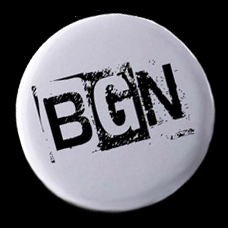

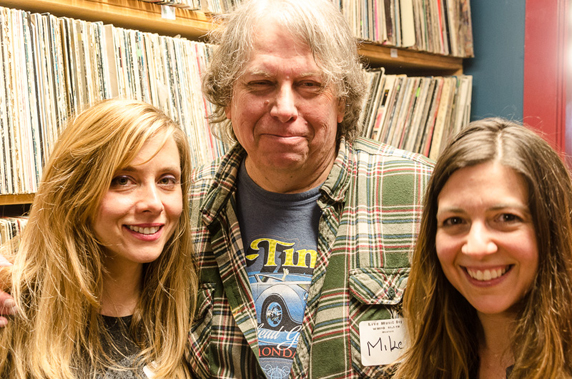
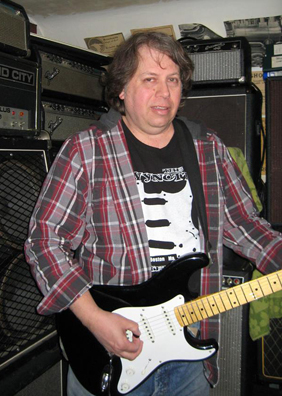 MS: I’ve been around since the Rat was TJ’s. I’ve
booked bands, worked on radio and been a DJ, co-host and producer for the past
seven years. I did rock photography and video - I did the La
Peste video stills. I’ve been the leader of Tilt City and the New Maldonians,
played in the Saturday Jam Band and have been a long-term writer and guitarist
with the Brigands.
MS: I’ve been around since the Rat was TJ’s. I’ve
booked bands, worked on radio and been a DJ, co-host and producer for the past
seven years. I did rock photography and video - I did the La
Peste video stills. I’ve been the leader of Tilt City and the New Maldonians,
played in the Saturday Jam Band and have been a long-term writer and guitarist
with the Brigands.